The first steps will be making small microphone modules that conditions the audio - amplification and filtering - then converts it to 8 bit audio. After one initial prototype I will have to manufacture a bunch of these modules. Yes, I know theres a lot of cheap MEMS microphones that does this all in one package - this might be more fun.
Second step will be to make a controller board that collects all the data lines (maybe matching the transmission lines) and buffering the clock line.
The third, and final, step will be experimentation and the main goal; to learn practical FPGA designing with custom hardware.
For now I have started to learn Verilog. To learn FPGAs I have two boards; a Cyclone III Dev board from Altera and a Xilinx (can't remember the name of the board).
I have also ordered some cheap-o parts from China to build the modules:
- Two different brands of omni microphones. I thought I'd do some comparison.
- Transistors for a simple discrete amplifier design: C945
- ADCs the cheapest I could find in bulk that still met the very low requirements: TLC549CD
- 8 bit
- well above 10k SPS
More info will be added as I go along.
 Martin Berglund
Martin Berglund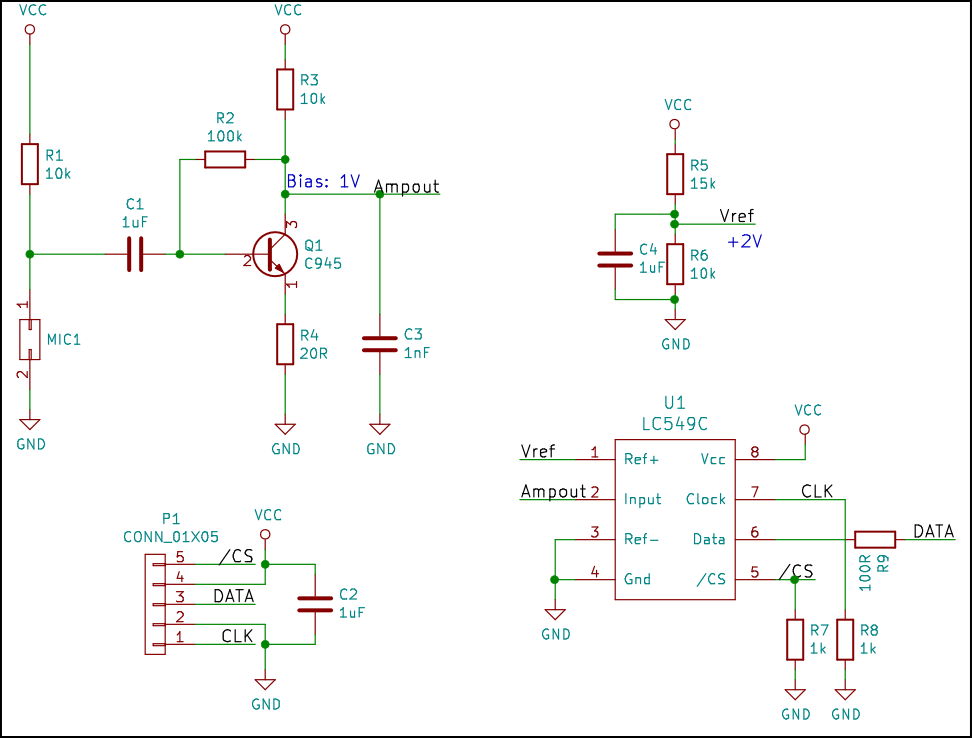
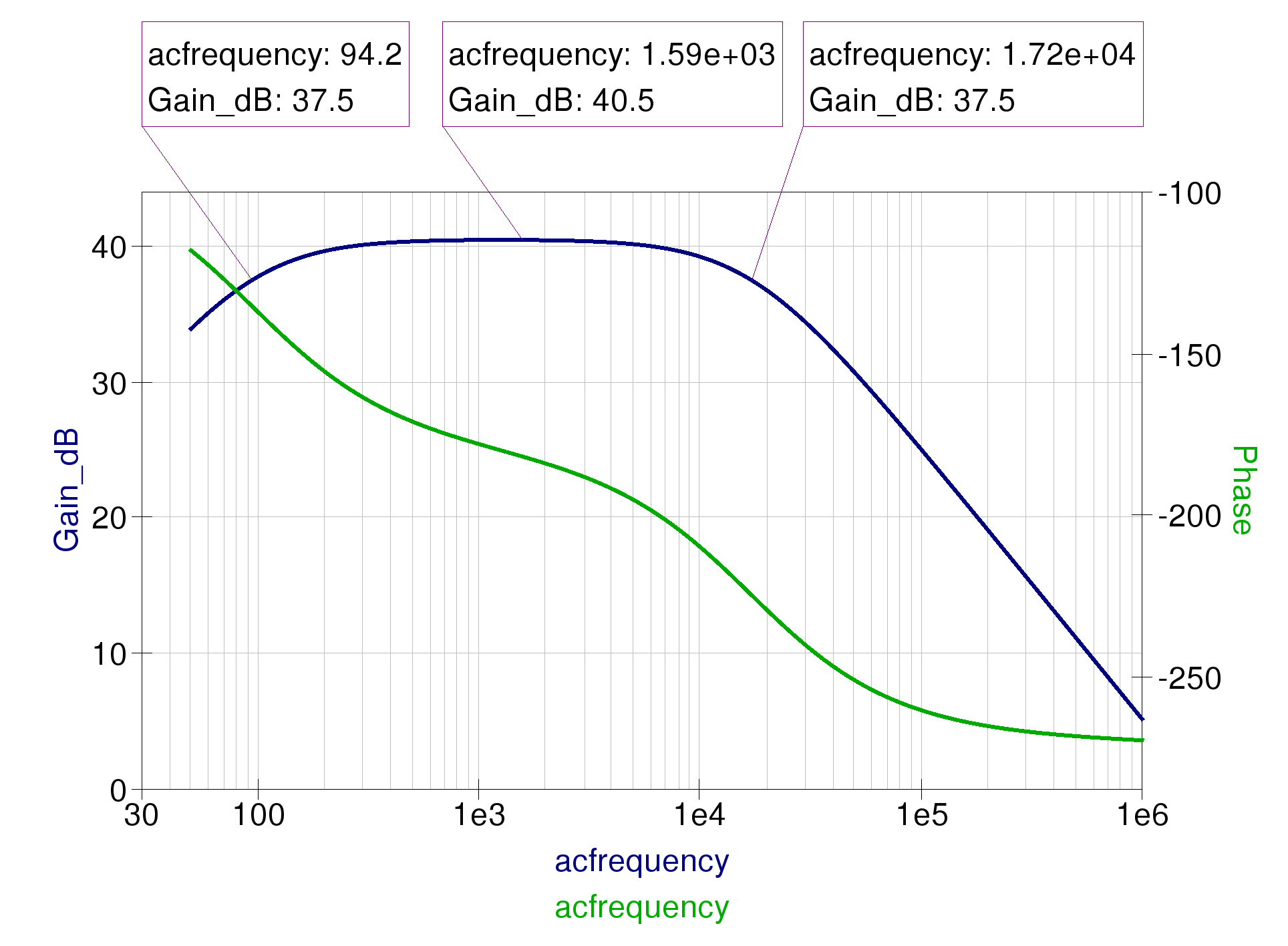
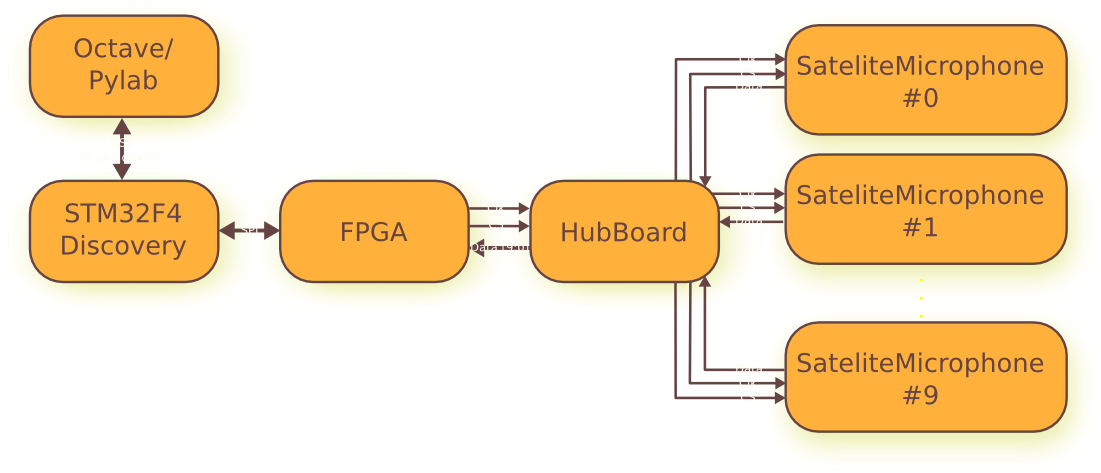



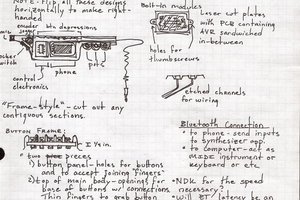
 Owen Trueblood
Owen Trueblood
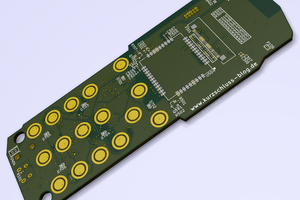
 Platinenmacher
Platinenmacher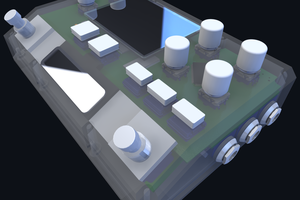
 Ale
Ale
There are MEMS mic with digital interface that might be easier to interface to from a FPGA.
https://en.wikipedia.org/wiki/Microphone#MEMS_microphone
This project uses it: http://www.ribbonfarm.com/2016/06/29/the-daredevil-camera/
http://www.st.com/content/st_com/en/products/audio-ics/mems-microphones.html?querycriteria=productId=SC1564